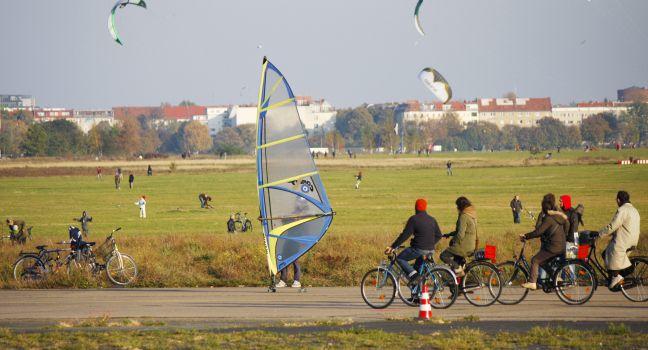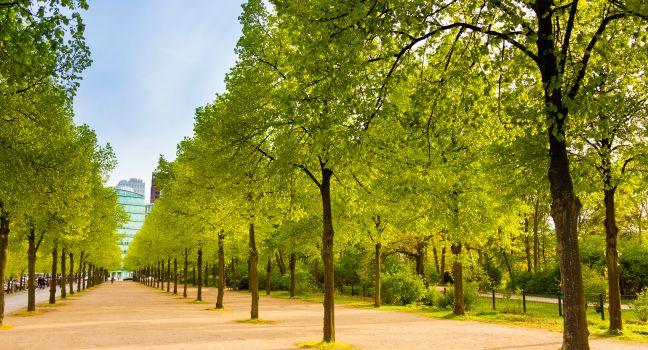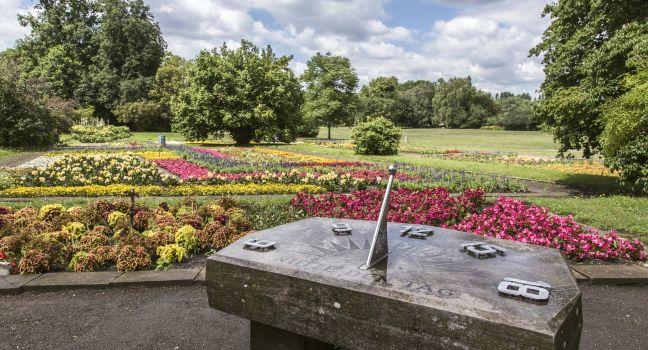Tempelhofer Feld

Of all Berlin’s many transformations, this one—from airport to park—might be the quickest. The iconic airport (it was the site of the 1948–49 Berlin airlift) had its last flight in 2008. Only two years later, it opened as a park, complete with untouched runways. It's now one of the city’s most beloved and impressive outdoor spots, where bikers, skaters, kite flyers, urban gardeners, picnickers, and grillers all gather. Although the Nazi-era airport buildings are not open for wandering, you can explore them on a two-hour tour (book online).





